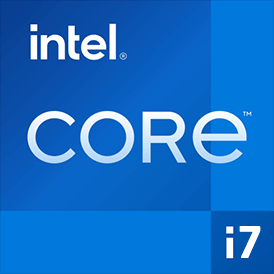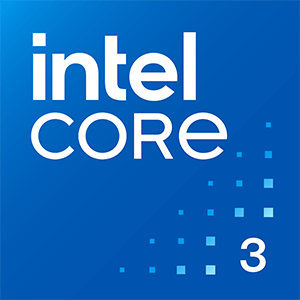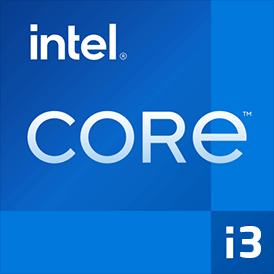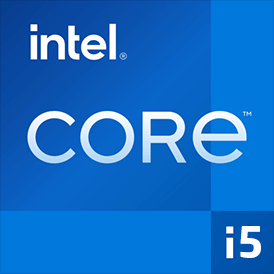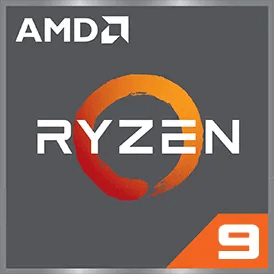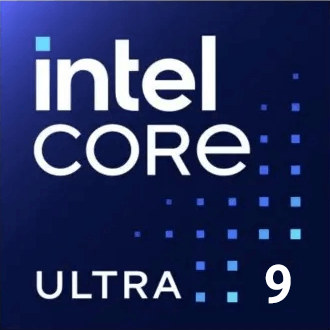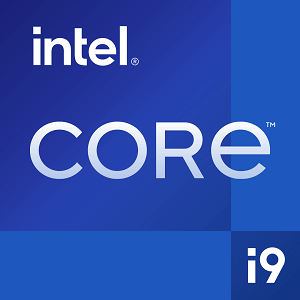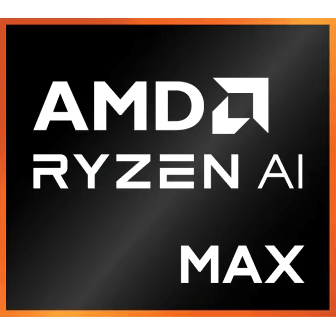Intel Core i7 8705G vs Intel Core 3 100UL
We compared two laptop CPUs: Intel Core i7 8705G with 4 cores 3.1GHz and Intel Core 3 100UL with 6 cores 1.2GHz . You will find out which processor performs better in benchmark tests, key specifications, power consumption and more.
Main Differences
Intel Core i7 8705G 's Advantages
Higher base frequency (3.1GHz vs 1.2GHz)
Intel Core 3 100UL 's Advantages
Released 6 years and 3 months late
Integrated graphics card
Higher specification of memory (5200 vs 2400)
Larger memory bandwidth (83.2GB/s vs 37.5GB/s)
Newer PCIe version (4 vs 3.0)
Larger L3 cache size (10MB vs 8MB)
More modern manufacturing process (10nm vs 14nm)
Score
General Parameters
Jan 2018
Release Date
Apr 2024
Intel
Manufacturer
Intel
Laptop
Type
Laptop
x86-64
Instruction Set
x86-64
Kaby Lake G
Core Architecture
Raptor Lake-PS
i7-8705G
Processor Number
100U
BGA-2270
Socket
Intel Socket 1700
-
Integrated Graphics
UHD Graphics 64EU
-
Generation
Core 3 (Raptor Lake-PS)
Package
14 nm
Manufacturing Process
10 nm
0 W
Power Consumption
15 W
-
Max Turbo Power Consumption
55 W
100 °C
Peak Operating Temperature
100°C
-
Foundry
Intel
CPU Performance
4
Performance Cores
2
8
Performance Core Threads
4
3.1 GHz
Performance Core Base Frequency
1.2 GHz
4.1 GHz
Performance Core Turbo Frequency
4.5 GHz
-
Efficiency Cores
4
-
Efficiency Core Threads
4
-
Efficiency Core Base Frequency
900 MHz
-
Efficiency Core Turbo Frequency
3.3 GHz
4
Total Core Count
6
8
Total Thread Count
8
100 MHz
Bus Frequency
100 MHz
31x
Multiplier
12.0
64 K per core
L1 Cache
80 KB per core
256 K per core
L2 Cache
1.25 MB per core
8 MB shared
L3 Cache
10 MB shared
No
Unlocked Multiplier
No
-
SMP
1
Memory Parameters
DDR4-2400
Memory Types
DDR4-3200, DDR5-5200
64 GB
Max Memory Size
96 GB
2
Max Memory Channels
2
37.5 GB/s
Max Memory Bandwidth
83.2 GB/s
No
ECC Memory Support
No
Graphics Card Parameters
-
Integrated Graphics
true
-
GPU Base Frequency
300 MHz
-
GPU Max Dynamic Frequency
1250 MHz
-
Shader Units
512
-
Texture Units
32
-
Raster Operation Units
16
-
Execution Units
64
-
Power Consumption
15 W
-
Graphics Performance
1.21 TFLOPS
Miscellaneous
3.0
PCIe Version
4
8
PCIe Lanes
8
SSE4.1, SSE4.2, AVX-2
Extended Instruction Set
-
